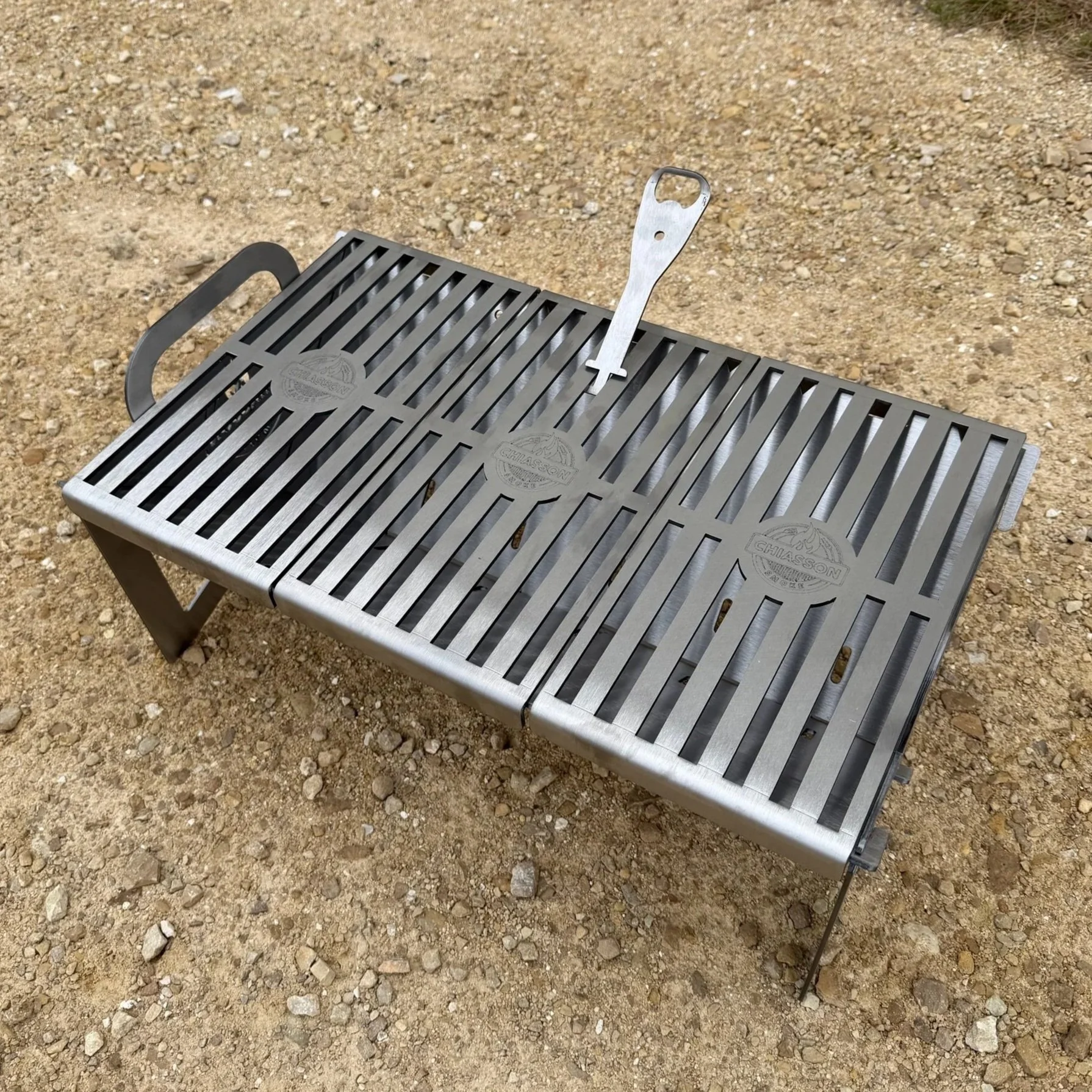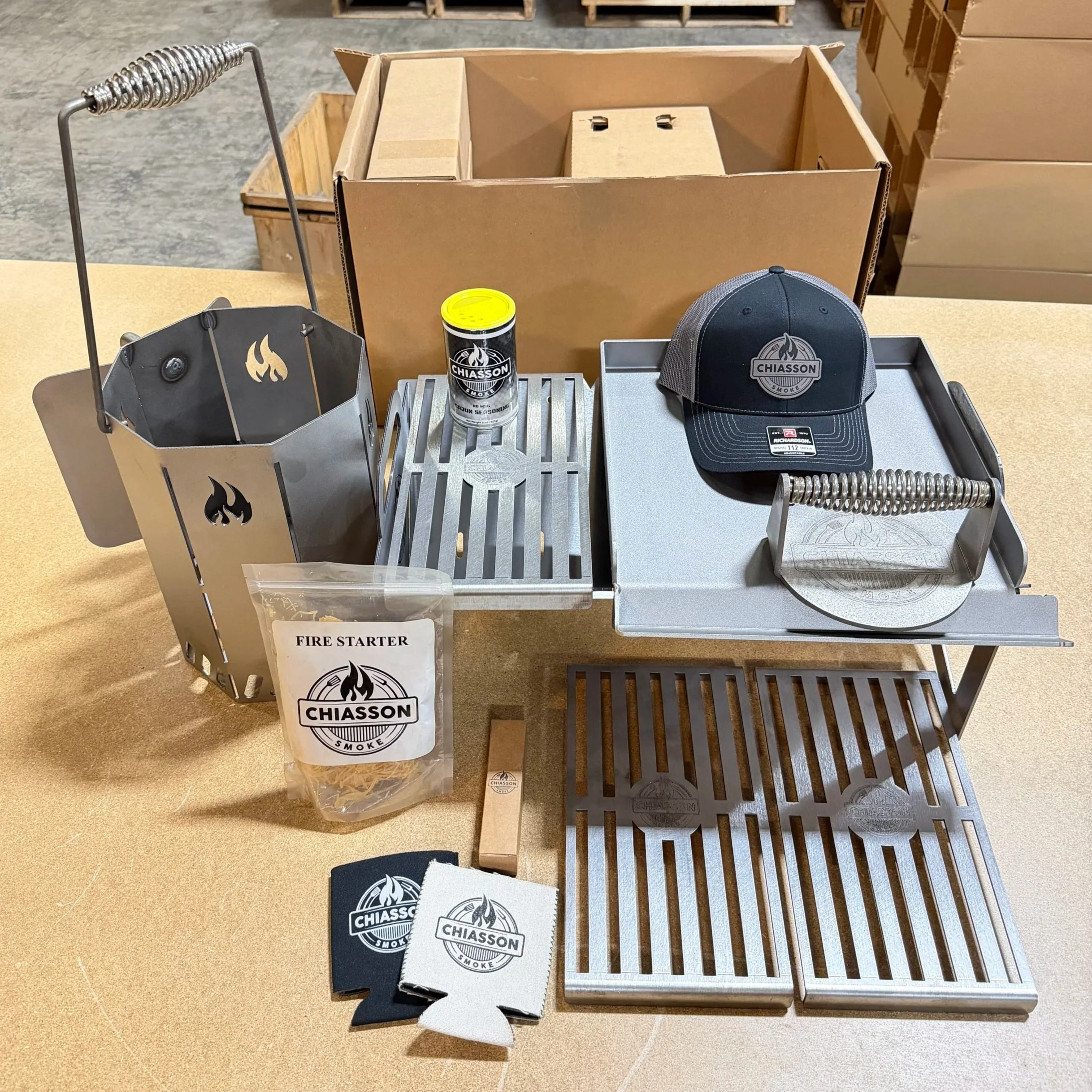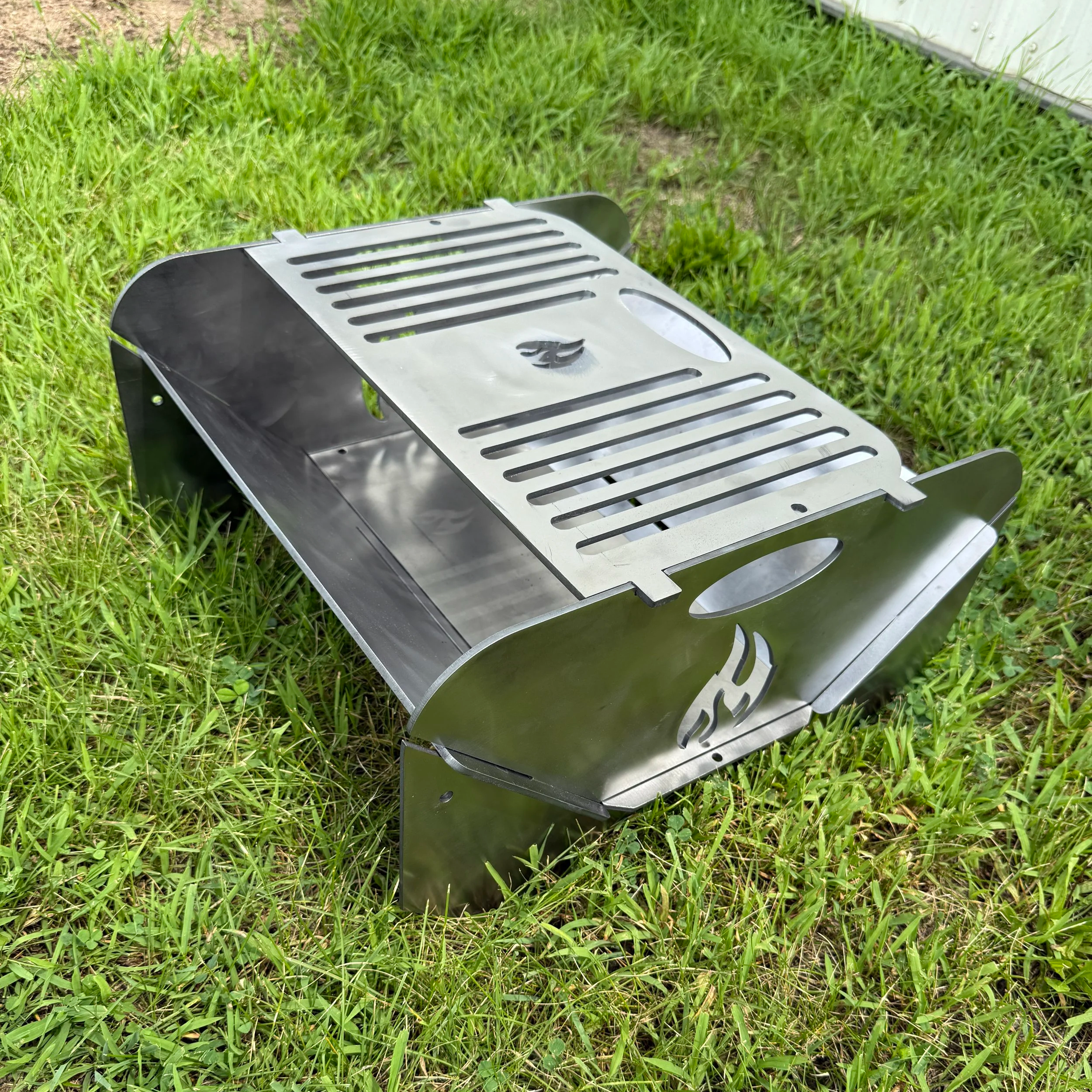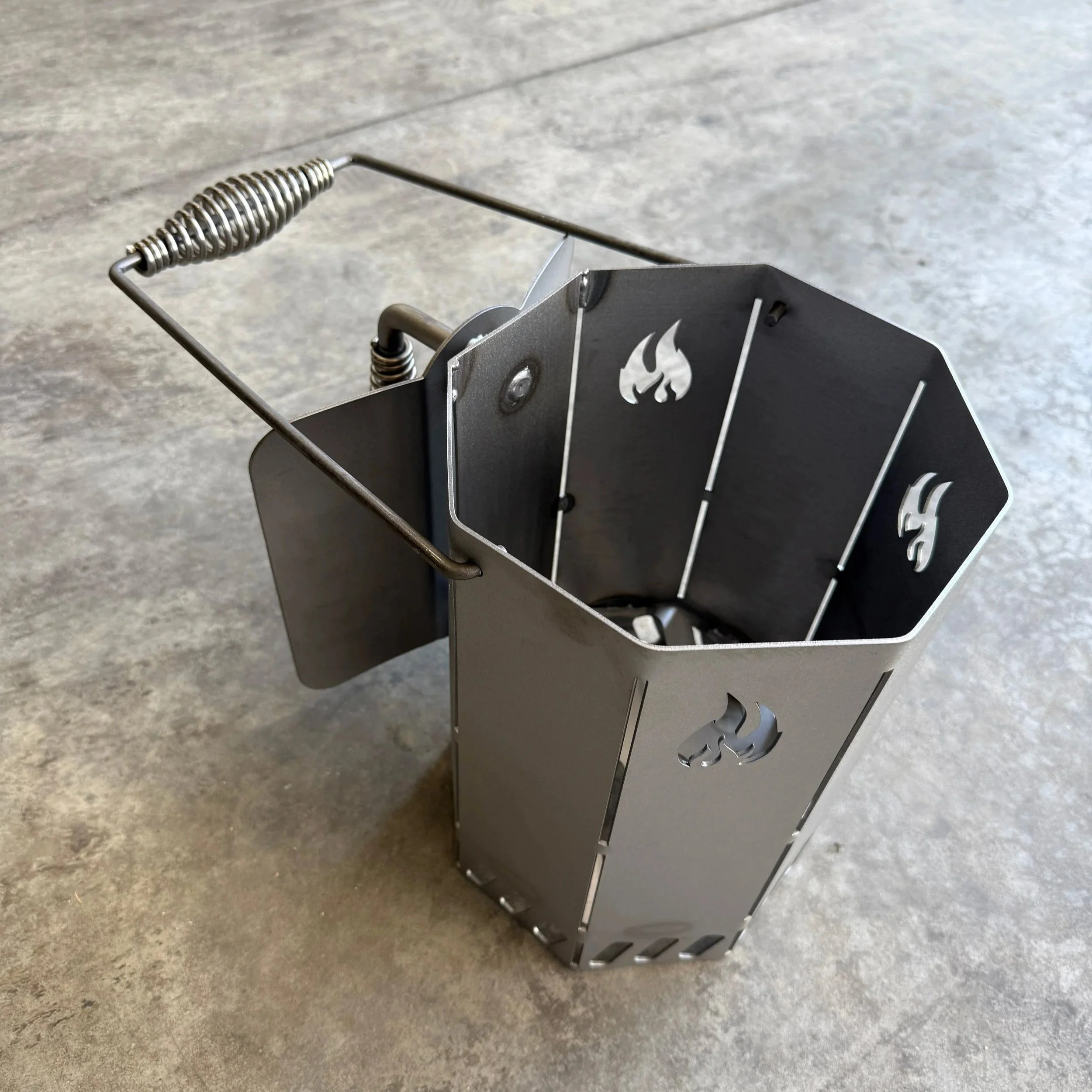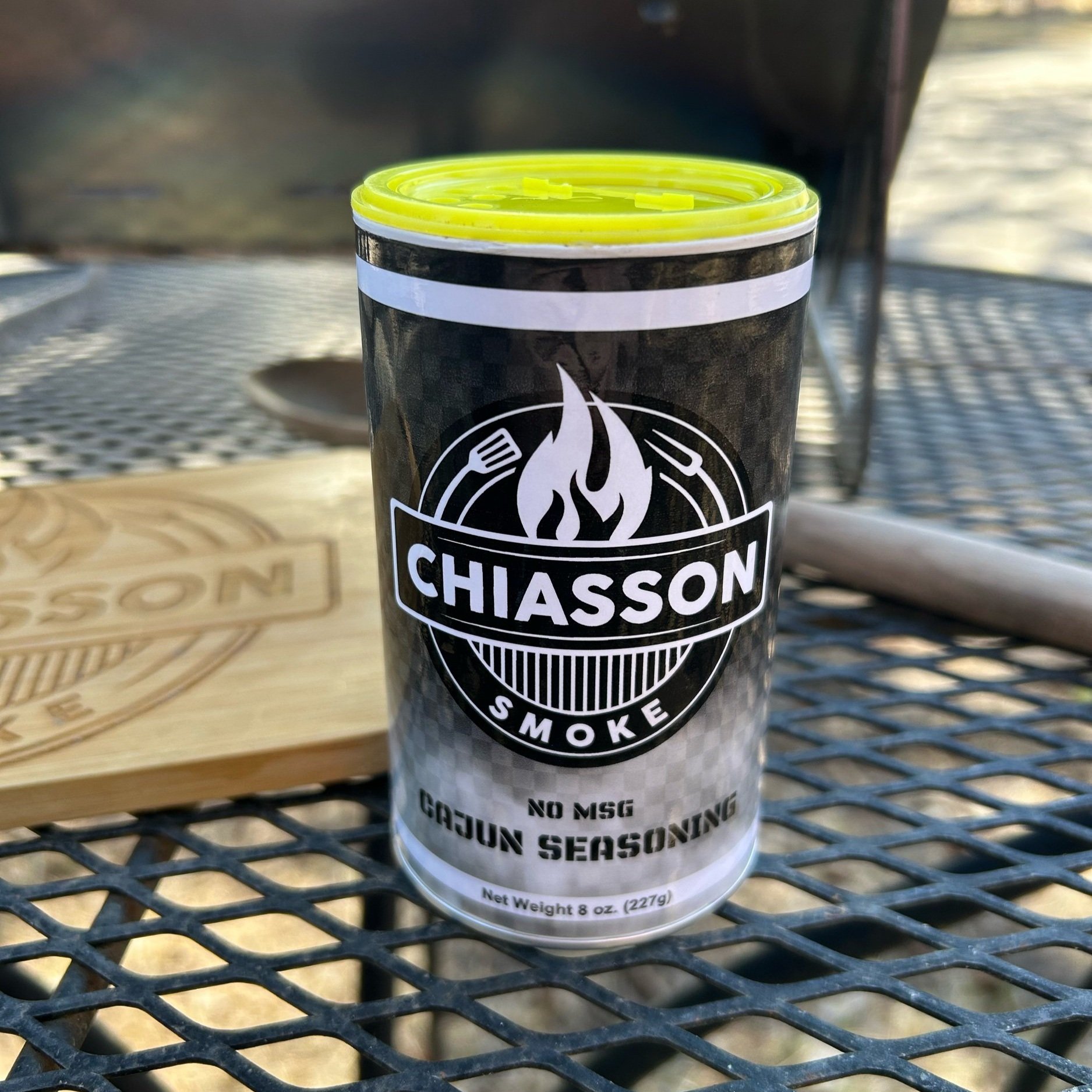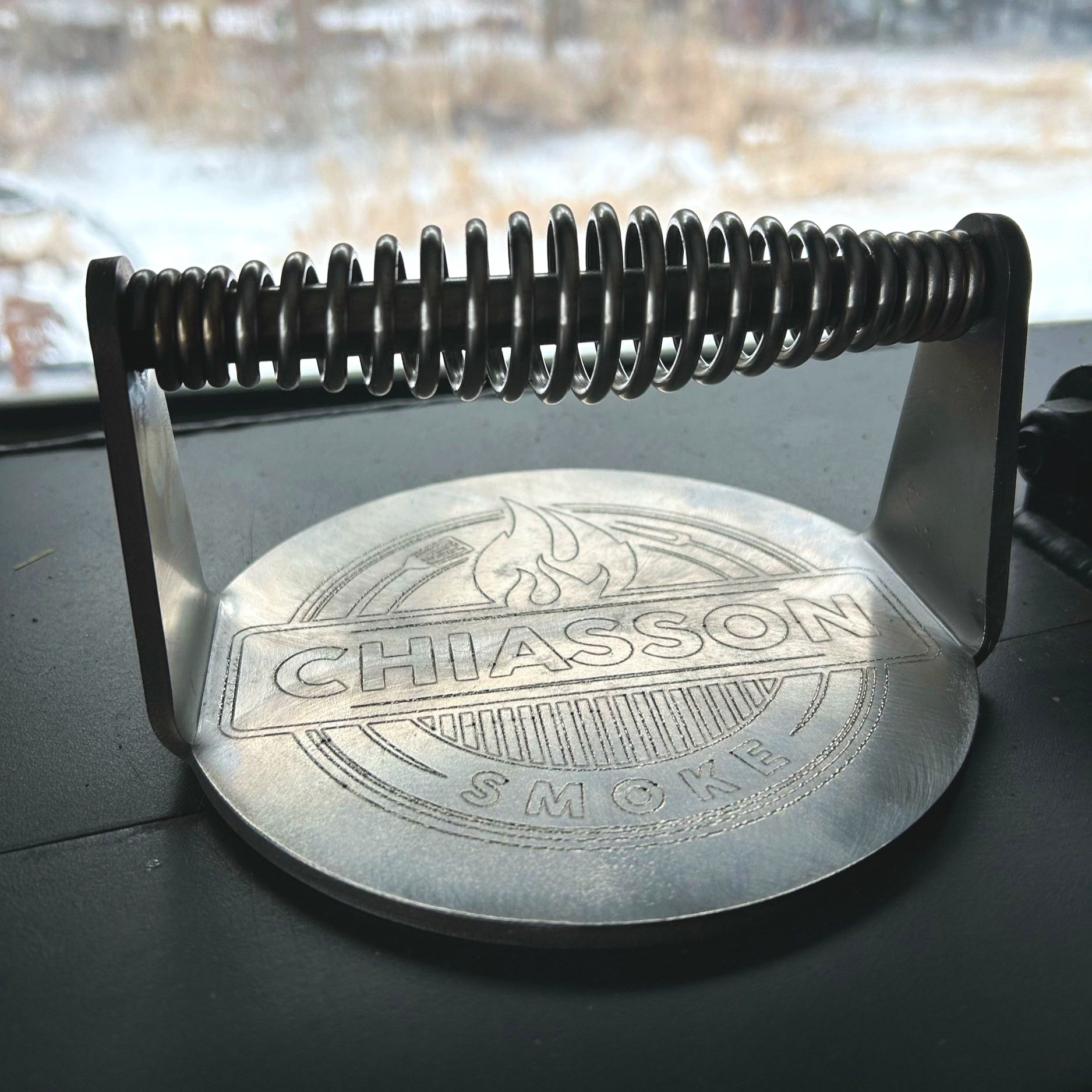Emergency Cooking 101
When the power goes out and the gas lines shut down, one of the first questions people ask is, “How am I going to cook?” Food isn’t just about fuel for your body—it’s also about comfort, warmth, and keeping some sense of normal when everything else feels uncertain. That’s why learning how to cook in an emergency is such an important skill. It might sound like something only survival experts worry about, but the truth is anyone can do it, and with a little preparation you’ll be ready to handle the next blackout, storm, or unexpected crisis.
This guide will walk you through the basics of emergency cooking, from what you can make without modern appliances to how to stay safe when you do it. You’ll also learn about preparing ahead of time, including the secret weapon of every smart emergency kitchen: the rocket stove.
Preparing Before the Crisis
The best time to think about emergency cooking isn’t during the storm—it’s well before it. With just a few smart choices now, you can set yourself up to feel calm and capable later.
Stocking Food That Works Off-Grid
Not every type of food is easy to cook in an emergency. You want things that don’t spoil quickly and can be prepared with minimal fuss. Canned beans, rice, pasta, oats, peanut butter, and canned vegetables are all champions when the power is out. They don’t need refrigeration, and they’re easy to turn into filling meals.
Don’t forget some treats, too. A bag of hard candy, a jar of honey, or even instant cocoa packets can do wonders for morale when everyone is tired and cranky. Food is comfort, and sometimes a sweet treat is just as important as protein.
Water: The Unsung Hero
Cooking without water is almost impossible. You need it for boiling, washing, and drinking. Store clean water ahead of time—at least a gallon per person per day is a good target. You’ll thank yourself later when you’re able to cook pasta or make oatmeal instead of chewing on dry crackers.
Rocket Stoves
This is where things get fun. A rocket stove is a small, efficient outdoor stove that burns twigs, sticks, or other bits of wood. Unlike a campfire, it uses fuel much more efficiently, producing a steady flame and heat that’s perfect for boiling water or cooking a pot of stew.
Best of all, rocket stoves don’t have to be expensive– especially considering how long they last. Here at Chiasson Smoke, we have a flat-pack version that folds up small enough to stash in a closet or under the sink. They’re light, portable, and can be set up in minutes. Having one of these tucked away means you won’t be stuck eating only cold beans out of a can.
Think of it as your emergency kitchen-in-a-box. If you buy one piece of gear for emergency cooking, make it a rocket stove.
Fire Without Matches
If you don’t have matches or a lighter, a ferro rod can be your best friend. Short for “ferrocerium rod,” this simple tool throws a shower of sparks when you scrape it with a piece of steel. Those sparks are hot—over 3,000 degrees Fahrenheit—and perfect for lighting a fire starter. Fire starters can be anything that catches easily, like cotton balls rubbed with petroleum jelly, dryer lint, or store-bought cubes designed for camping.
To use a ferro rod, set your fire starter on the ground with small, dry sticks ready nearby. Hold the rod close to the starter, then scrape down firmly with the steel. Aim the sparks right onto your material until it catches. Once you see flame, carefully feed it twigs, then larger sticks.
It takes some practice, but once you get the hang of it, a ferro rod gives you a reliable way to make fire in almost any weather. Unlike matches, it won’t get ruined by rain, and it lasts for thousands of strikes—making it a must-have for any emergency cooking setup.
Cooking Without Power: What You Can Make
The good news is that you don’t need electricity or gas to cook real food. Once you have a way to heat things—like your rocket stove, a charcoal grill, or even a fire pit—the menu opens wide.
The Mighty One-Pot Meal
In an emergency, fewer dishes means less stress. That’s why one-pot meals are your best friend. Imagine tossing a can of beans, some rice, a handful of dried veggies, and spices into a single pot over the fire. Thirty minutes later, you’ve got a hot, hearty meal that fills everyone’s belly.
Soups and stews are also stars here. Throw in canned chicken, broth, and noodles, and you have chicken noodle soup without needing a kitchen. It’s simple, warm, and comforting.
Breakfast Made Simple
Breakfast doesn’t have to vanish just because the power did. Oatmeal cooks quickly over a rocket stove, and you can dress it up with honey, dried fruit, or even a spoonful of peanut butter. Pancake mix is another easy option—just add water, and you can cook them in a skillet over your stove.
Bread Without an Oven
Believe it or not, you can make bread without an oven. Bannock, a simple flatbread made from flour, baking powder, salt, and water, can be cooked in a skillet over a flame. It’s quick, filling, and goes with just about anything.
Canned Goods Magic
Cans are your best friend in an emergency. Heat up canned chili, cook canned corn with butter and spices, or mix canned beans with rice. With a little creativity, canned food can taste surprisingly good.
Staying Safe While Cooking
Cooking off-grid comes with risks you don’t have in your normal kitchen, so safety has to come first.
Keep Fires Outside
As tempting as it might be to set up your rocket stove in the living room, don’t do it. Any kind of open flame creates smoke and carbon monoxide, which are deadly indoors. Always cook outside or in a very well-ventilated area.
Be Mindful of Burns
When you’re cooking on an open flame, pots and pans get hotter than you expect. Use oven mitts or wrap a towel around handles to avoid burns. Keep kids and pets a safe distance away, too.
Control Your Fuel
Don’t overload your rocket stove or fire with huge chunks of wood (or other types of fuel). Small sticks and twigs are enough. Too much fuel at once can cause big flames and accidents.
Creativity in the Crisis
Cooking in an emergency doesn’t mean giving up joy. In fact, some families find that cooking together in these moments creates powerful memories. Kids can help stir, gather sticks for the rocket stove, or even design “menus” for the night’s dinner.
Try making it fun: turn your emergency cooking night into “outdoor restaurant night.” Serve meals with a little ceremony, or use lanterns to set a cozy mood. A little playfulness goes a long way toward keeping spirits high.
Practicing Before You Need It
The middle of a blackout isn’t the best time to figure out how to light your rocket stove. Take a weekend afternoon to practice. Cook a pot of rice, make pancakes, or try out a new one-pot recipe. You’ll build confidence, learn how much fuel you need, and discover what foods work best.
Practice also helps you notice gaps in your supplies. Maybe you realize you need a ferro rod, a pot with a lid, or a sturdier cooking spoon. It’s better to figure that out on a sunny Saturday than during a winter storm.
Wrapping It Up
Emergency cooking doesn’t have to be scary. With a little preparation and the right mindset, it can even be an adventure. Stock up on simple foods, store plenty of water, and most importantly, get yourself the right gear, such as a rocket stove. Affordable flat-pack models mean you don’t have to spend much, and having one ready to go can make all the difference.
When the next blackout or storm rolls through, you’ll be the one calmly cooking oatmeal or soup while your neighbors wonder what to do. More than just keeping you fed, emergency cooking gives you a sense of control, comfort, and even creativity in the middle of uncertainty.
Remember: food is fuel, but it’s also joy. And with the right tools and a little practice, you’ll never have to face an empty stomach in the dark.








